Description
Signed Limited edition photograph, “Hadatuon.” Limited to only 15 Prints.
This 11″ x 14″ photograph features a Pustaha, grimoire of the Toba Batak people of North Sumatra, Indonesia. I titled this photograph “hadatuon” because it is the Batak word used to describe the magic knowledge contained in a pustaha. It means, “knowledge of the datu.”
(Pustaha पुस्तक) is the grimoire of the Toba Batak people of North Sumatra, Indonesia. The book contains magical formulas, divinations, and recipes. The pustaha is written and compiled by a Batak magician-priest (datu). Physically, a pustaha consists of two hardcovers (lampak) and pages made of softened tree bark (laklak) for the writings. The covers of many Pustaha bear an image of a lizard, a creature which was believed to protect the contents [above]. In Batak myth and religion, several deities are depicted in the form of a lizard.
The Pustaha is written and composed by a Toba magician-priest, known as the datu. A datu wrote the pustaha in Batak script using an ancient language style known as the hata poda. The word poda is an everyday Batak word meaning “advise”, but in a pustaha, this word means “instruction” or “guide”. The magic knowledge contained in a pustaha is known as the hadatuon (“knowledge of the datu”). The content of the pustaha is of three types of main knowledge: the art to sustain life (white magic), the art to destroy life (black magic), and the art of divination.
1. The art of sustaining life or white magic is one of the main content of pustaha. Some examples of white magic knowledge in a pustaha are the art of potion-making designed to protect the drinker from illness and curses; methods to create protective magical amulets; recipes for household medicine; and charms.
2. The art of destroying life or black magic is another frequent content of pustaha. Black magic knowledge in pustaha includes ways to attack, inflict damage or kill enemies. Examples can be quite gruesome so I will mention only a poison called gadam which can cause the skin of the drinker to become scaly like the victim of a leper.
3. The art of divination involves astrology, e.g. knowledge on auspicious or inauspicious days on the calendar. (Source: Kozok, 2009)


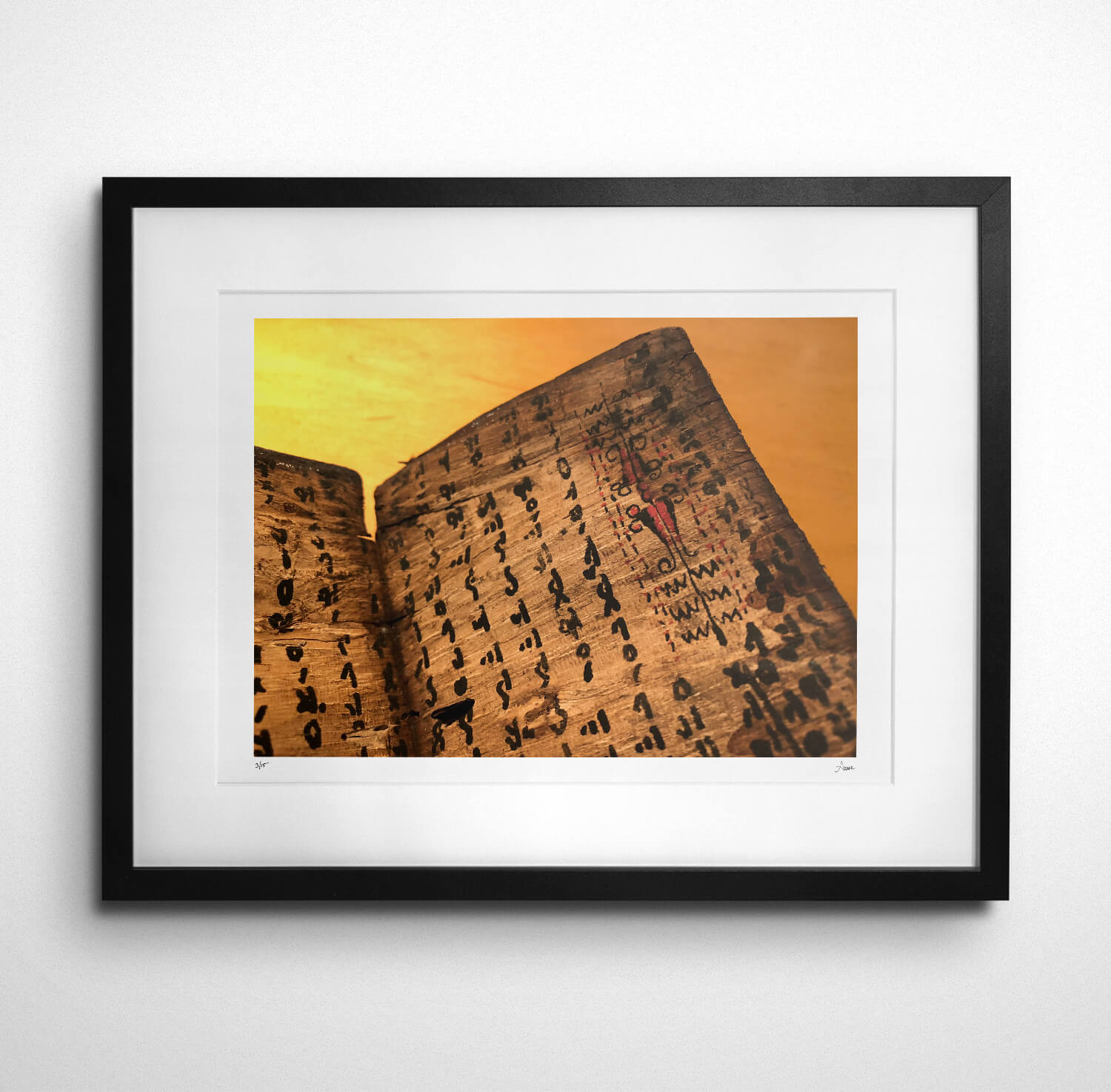
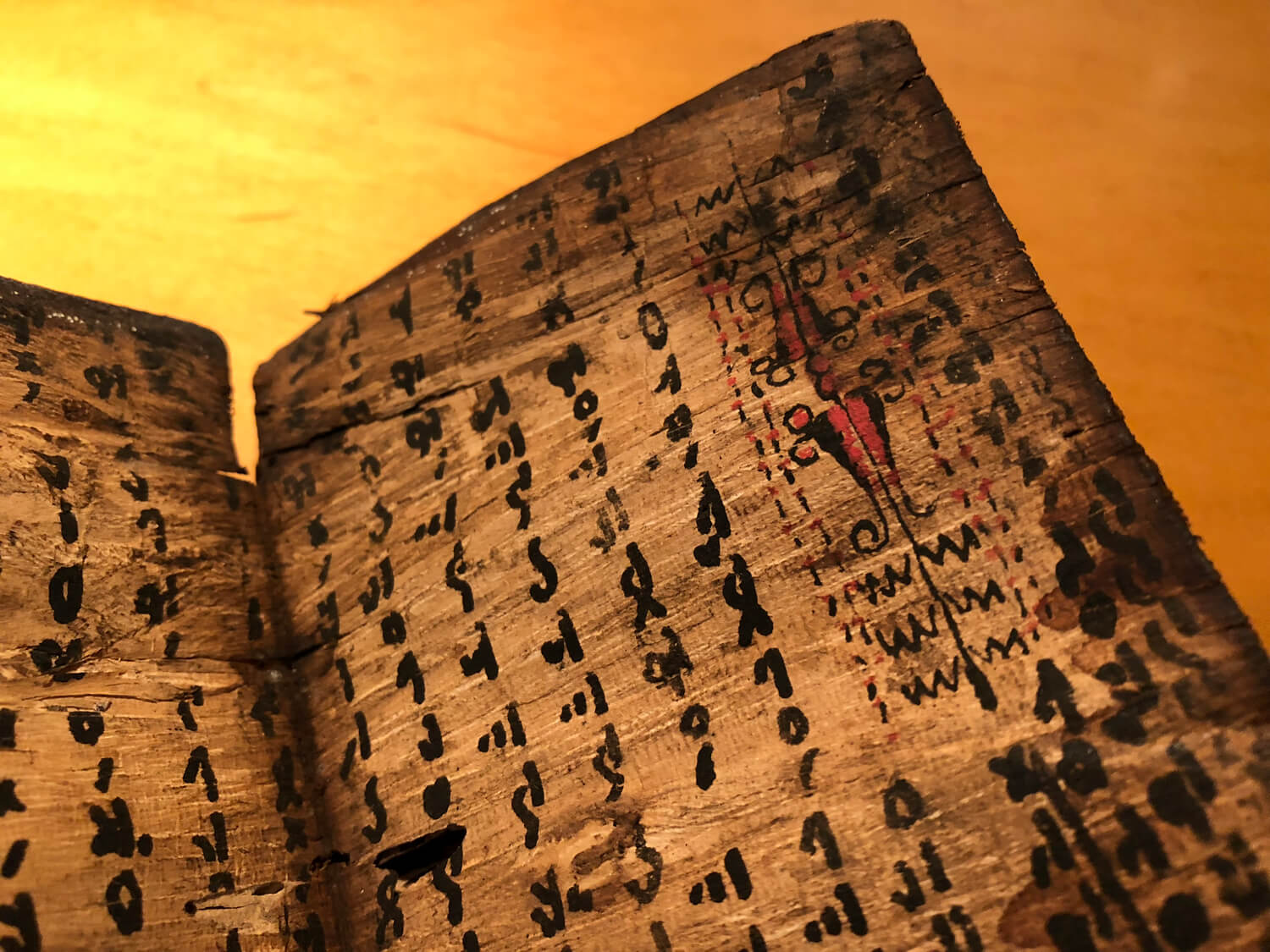
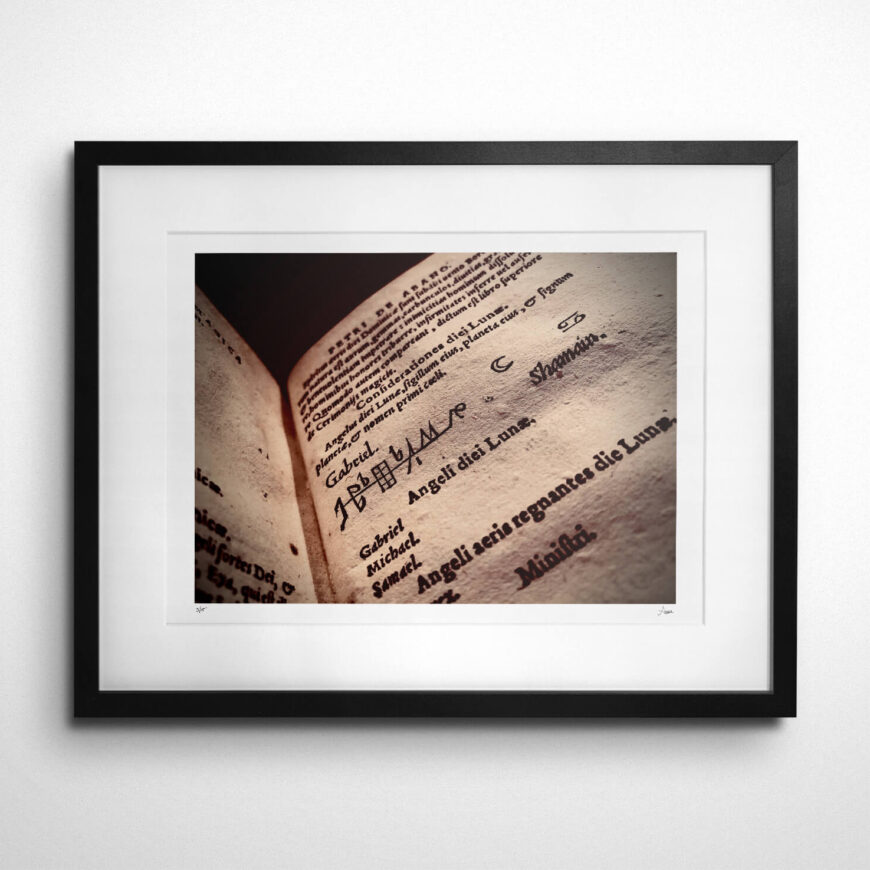

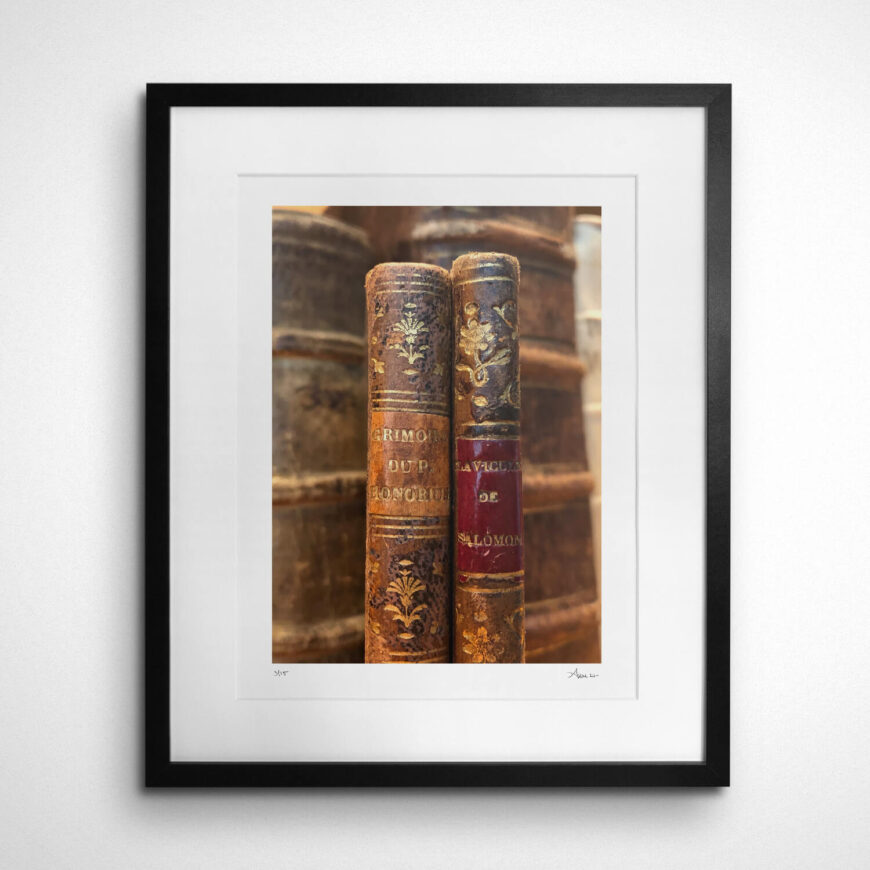

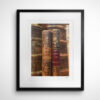
Reviews
There are no reviews yet.